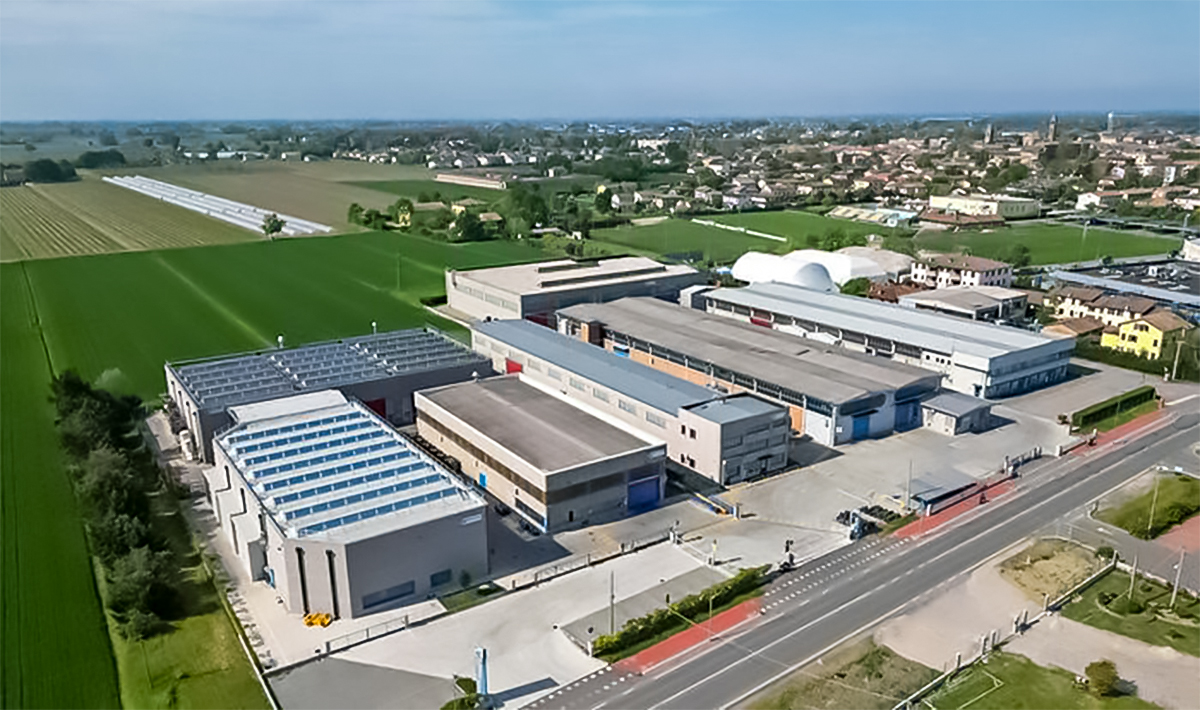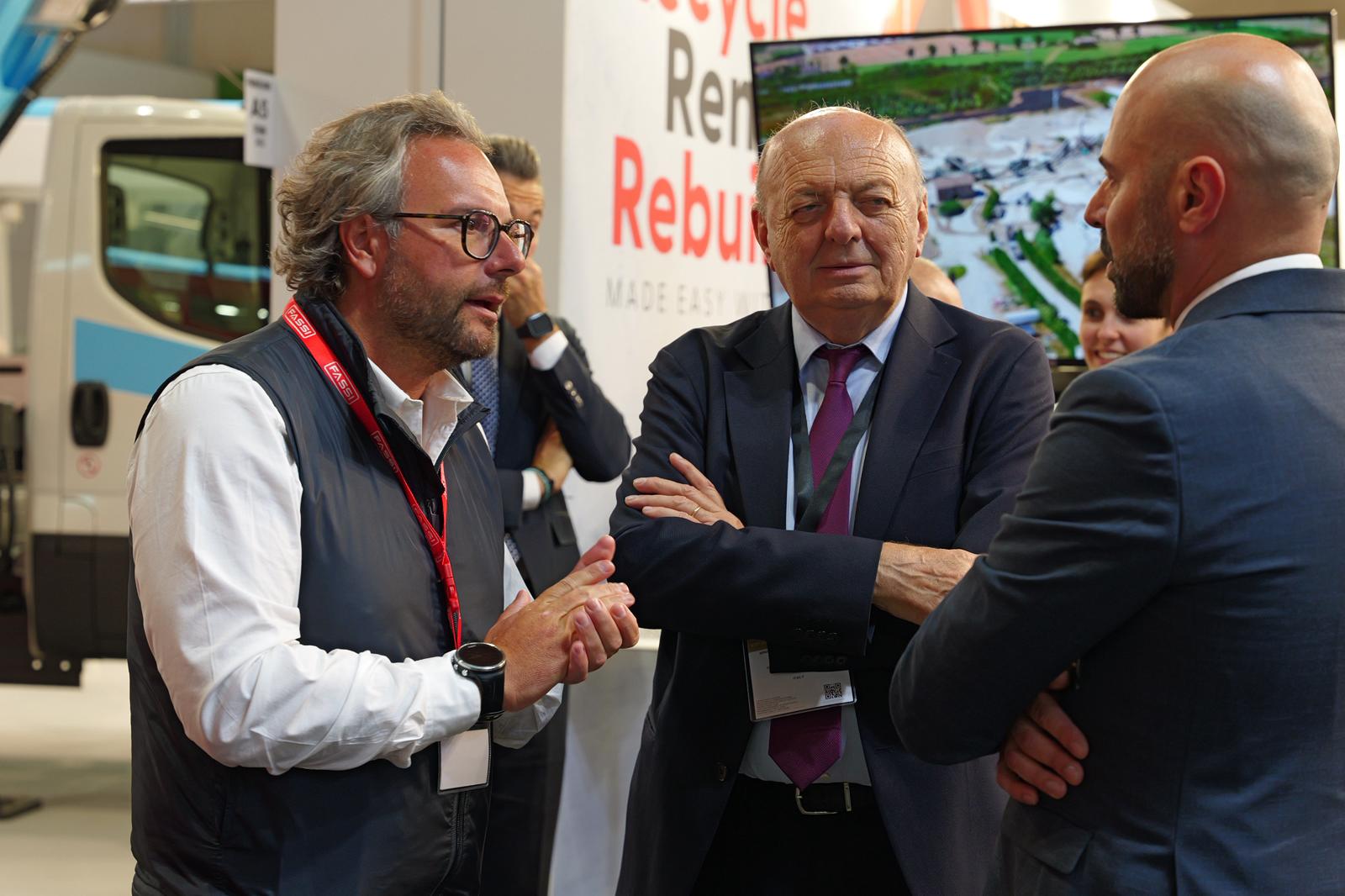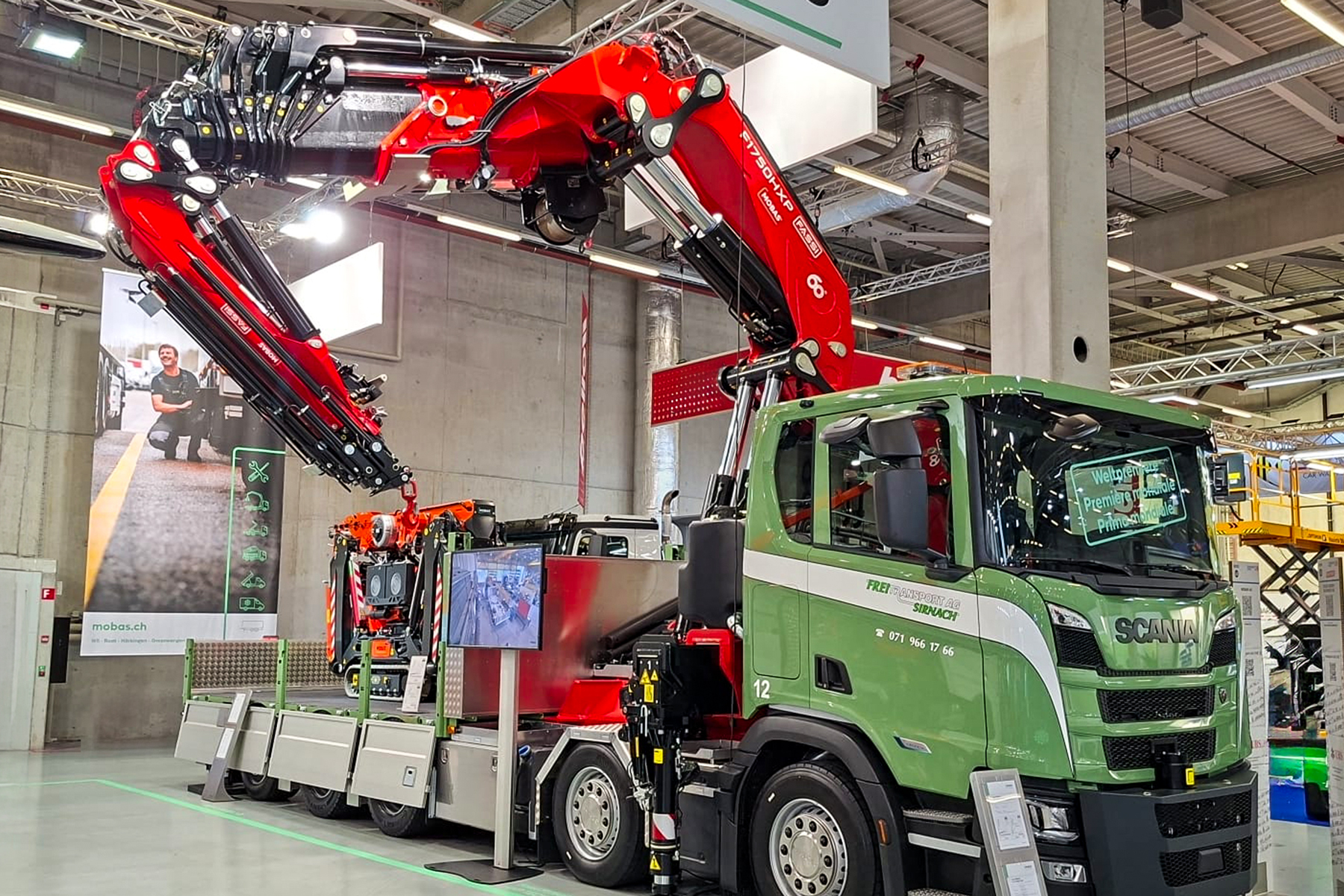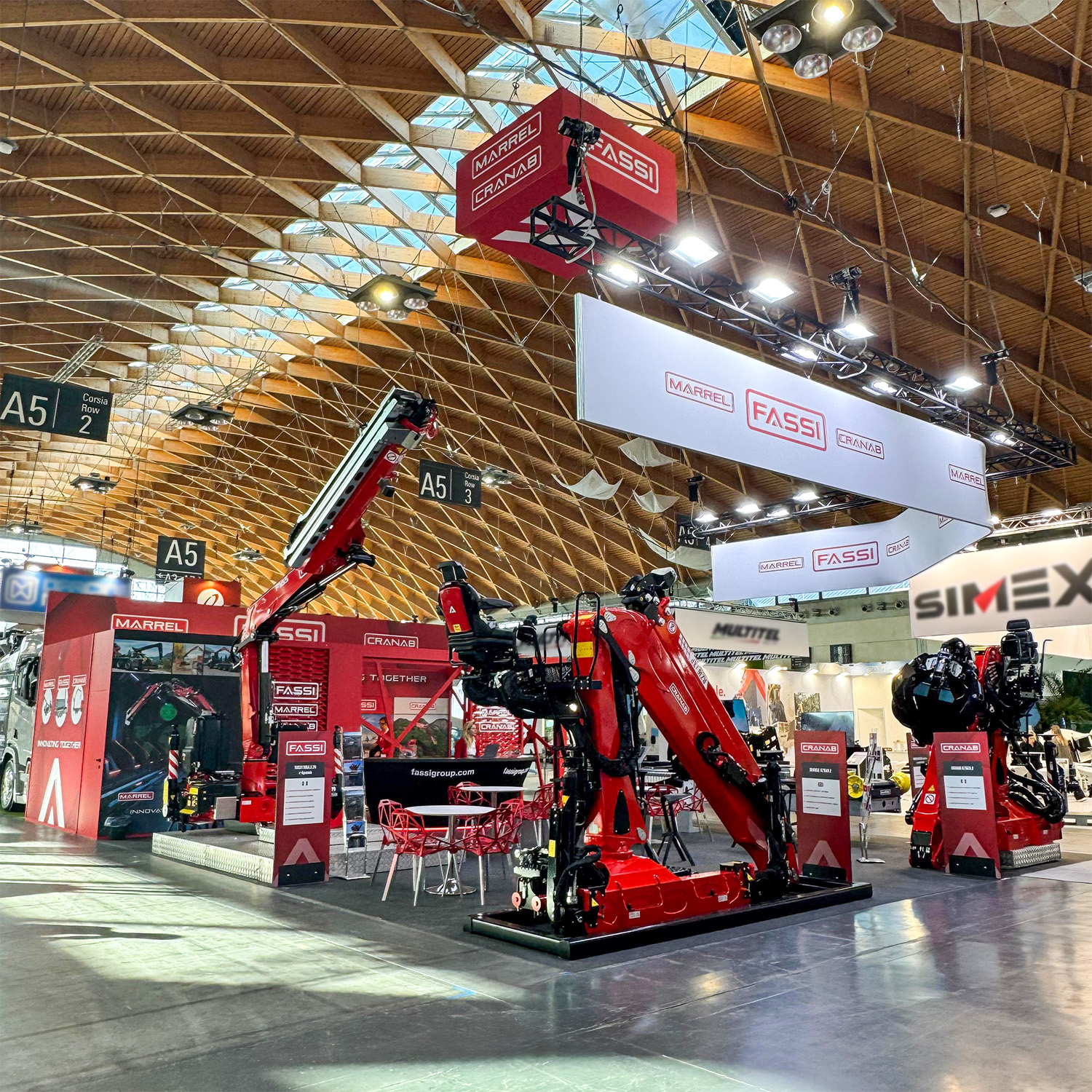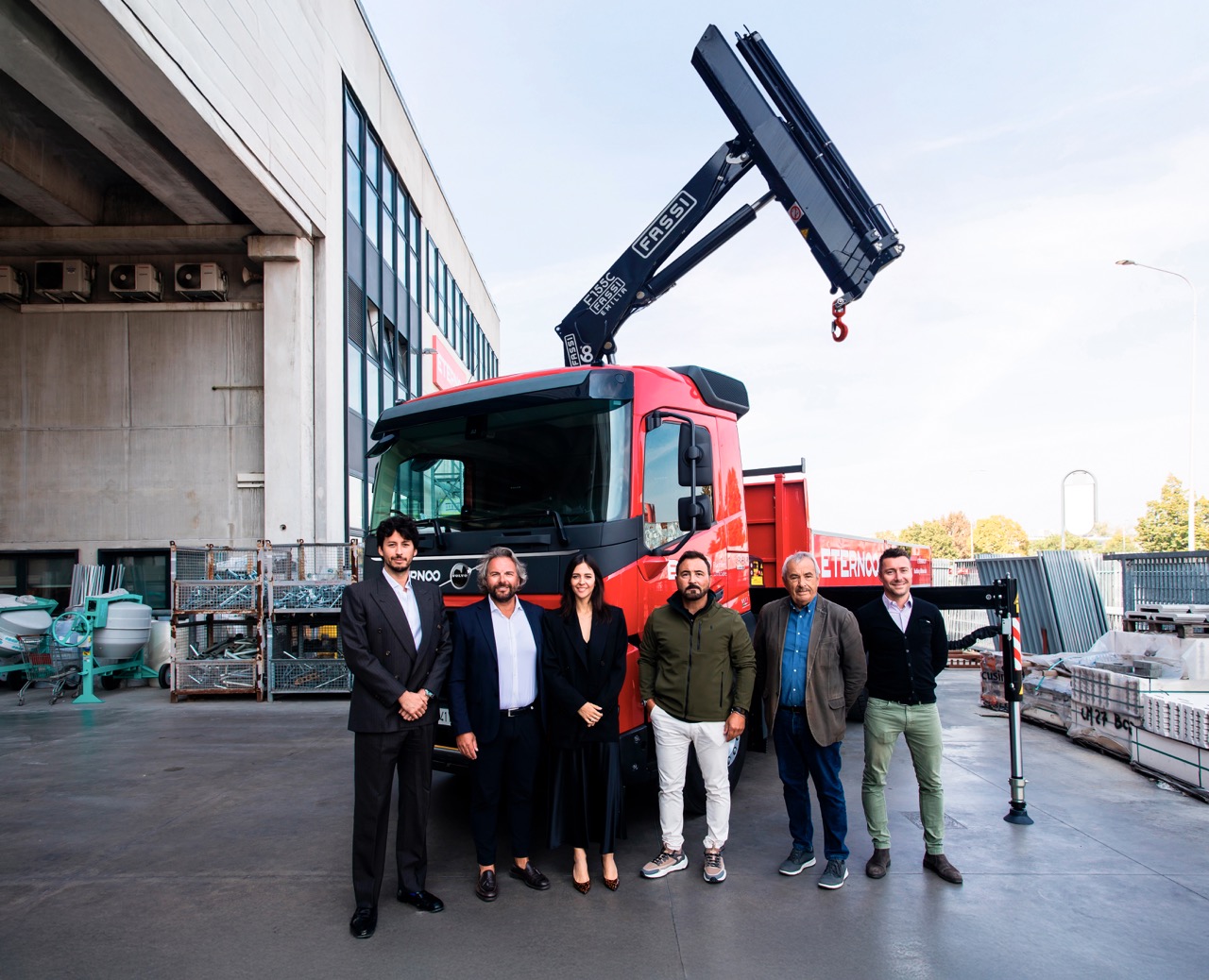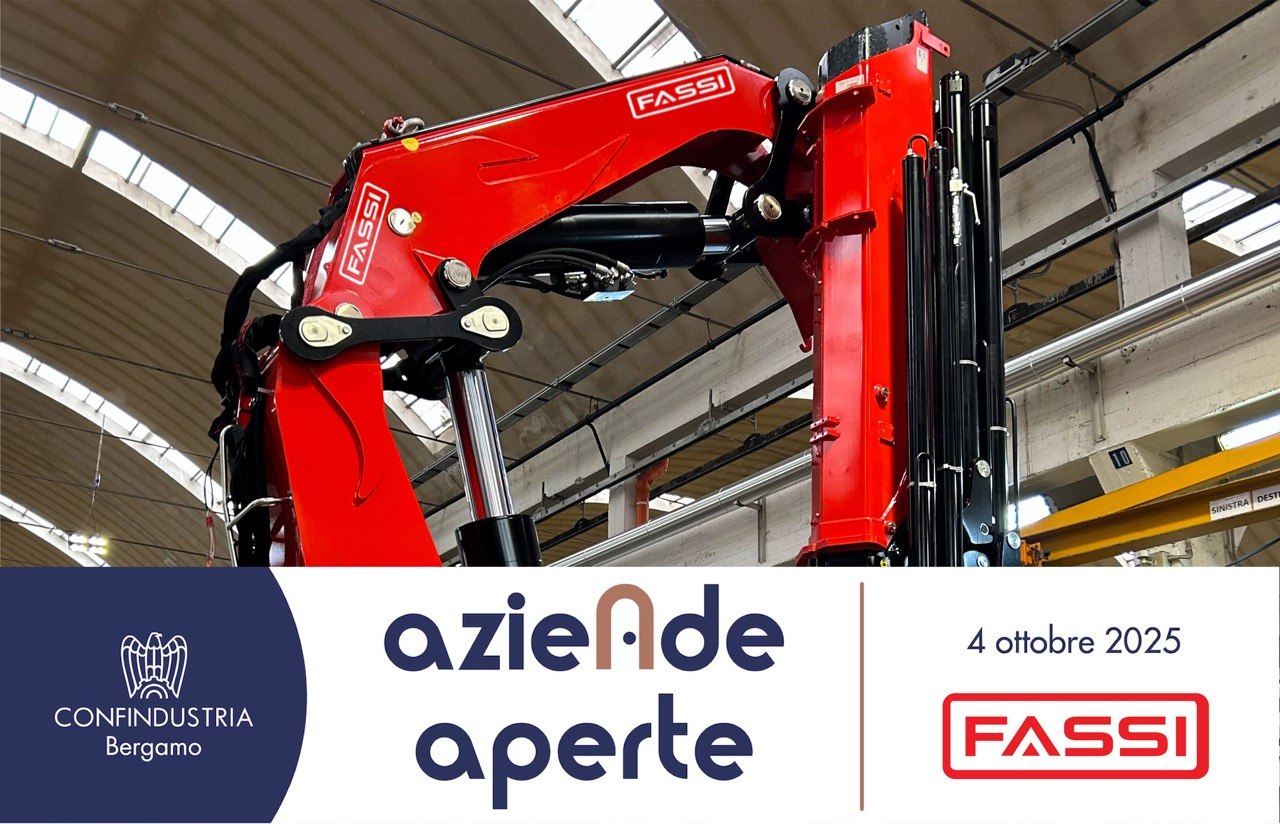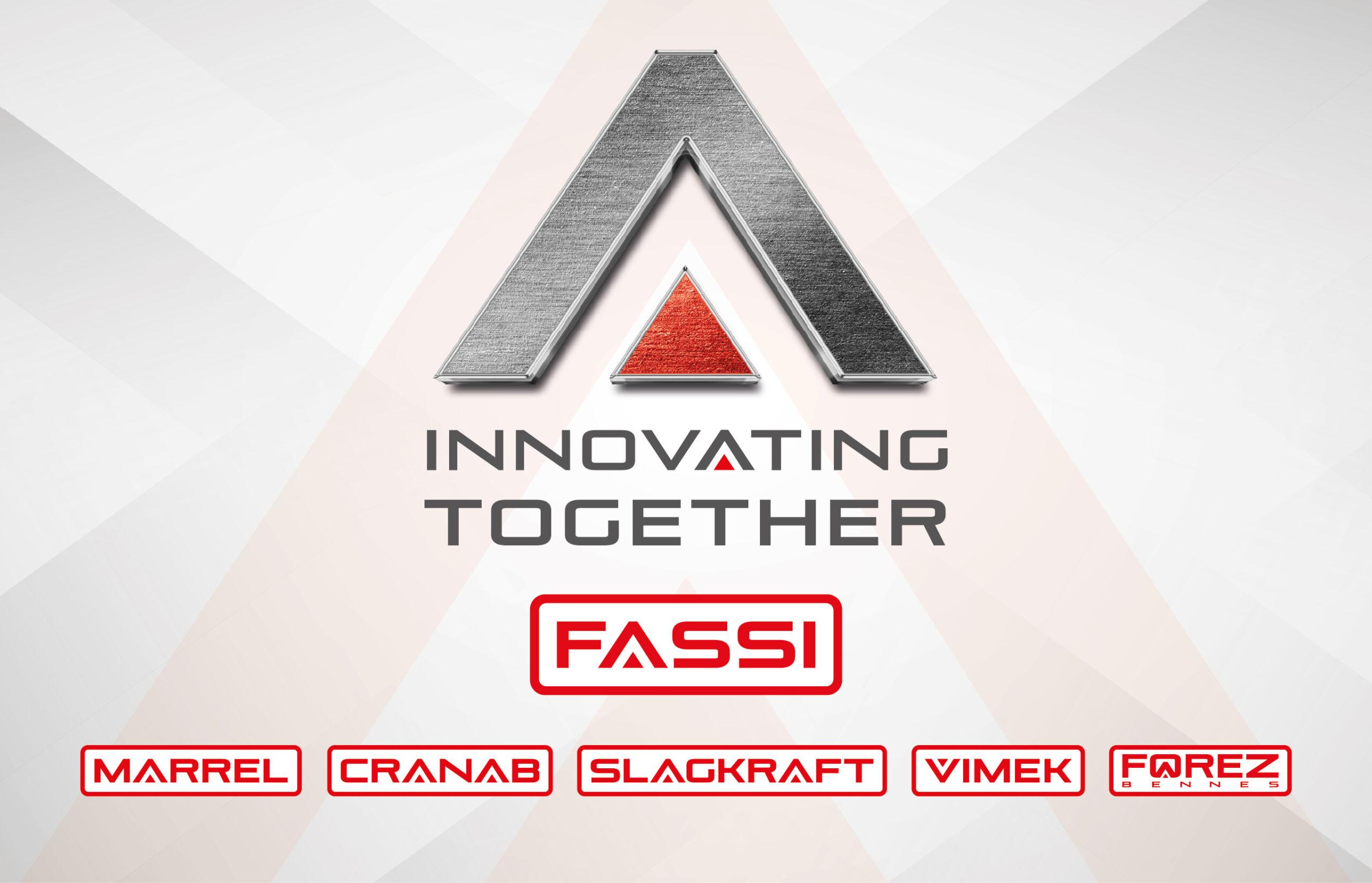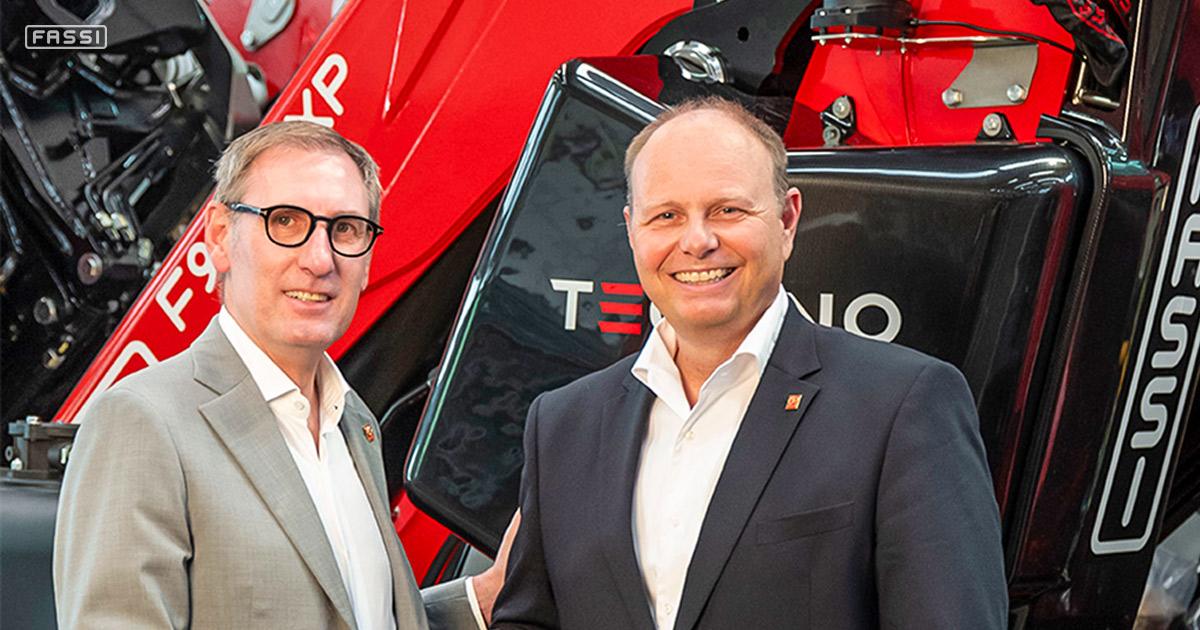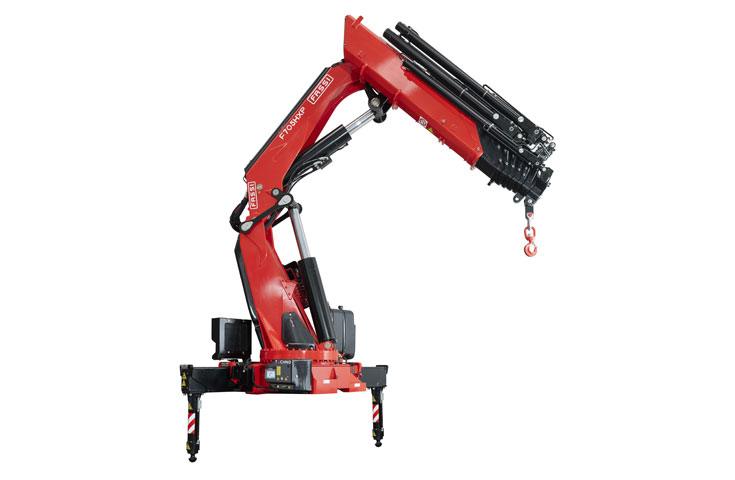Leader in Innovation
Ogni gru Fassi è un investimento che cresce nel tempo: qualità, affidabilità, servizio
Produciamo gru da 60 anni
Dal 1965, Fassi è tra i principali punti di riferimento a livello mondiale nel mondo del sollevamento
Una filiera 100% Made in Italy, un sistema produttivo integrato e una missione che non cambia: offrire soluzioni su misura, innovative e affidabili, ovunque servano. Ogni gru Fassi nasce dall’incontro tra tecnologia avanzata, esperienza industriale e un impegno costante per l’eccellenza.
Tecnologie
Tecnologie
I nostri sistemi di controllo intelligenti, le piattaforme connesse e l’integrazione digitale trasformano la gru in uno strumento evoluto, efficiente e sicuro.

Chi siamo
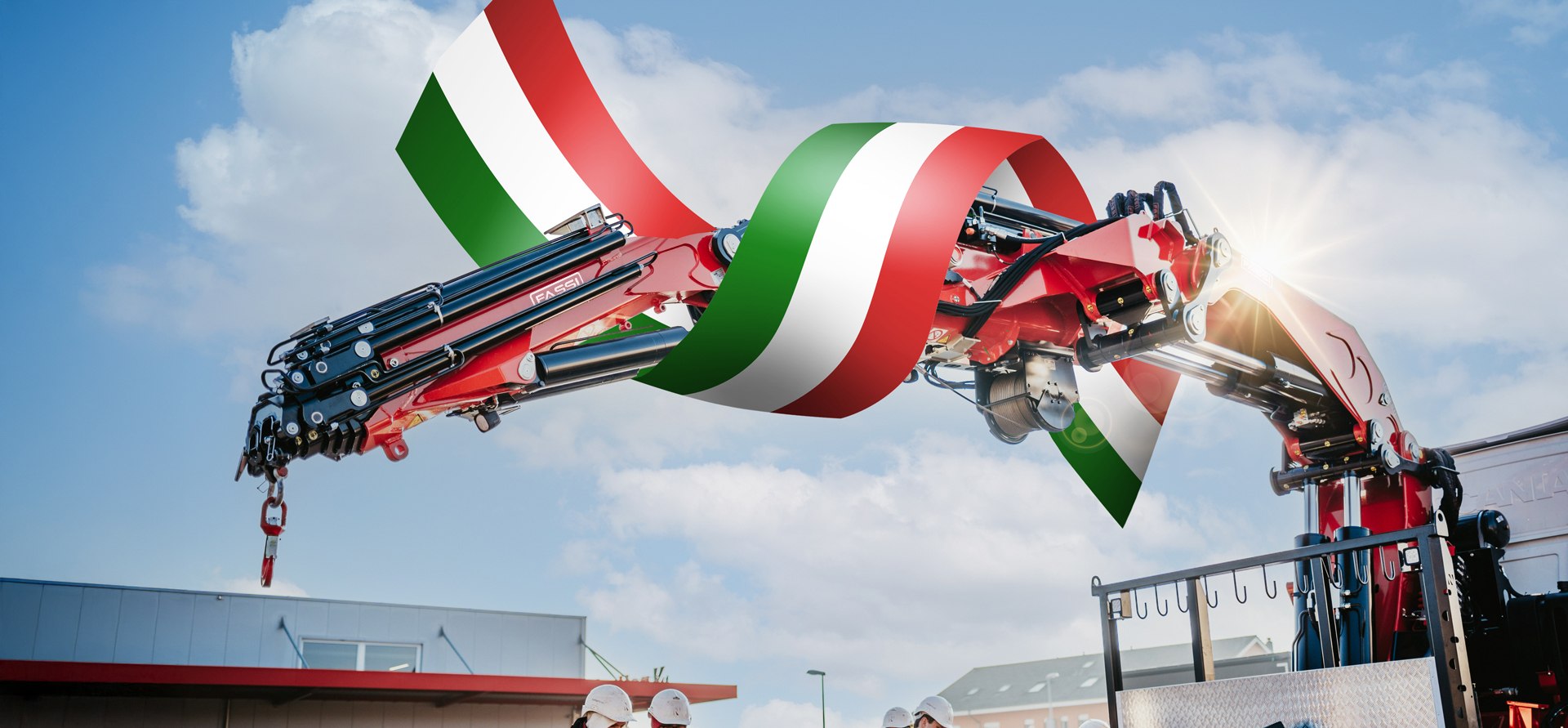
Chi siamo
In Fassi, ogni scelta è parte di una visione che attraversa il tempo: credere nella forza della nostra storia, nella qualità, nella capacità di innovare e nello sguardo rivolto al futuro.
Il nostro modo di fare impresa nasce da qui: dal controllo completo della filiera, dalla flessibilità progettuale, dall’attenzione per ogni dettaglio che rende un prodotto un riferimento.
autorizzati
nel mondo
produttivi
esportate
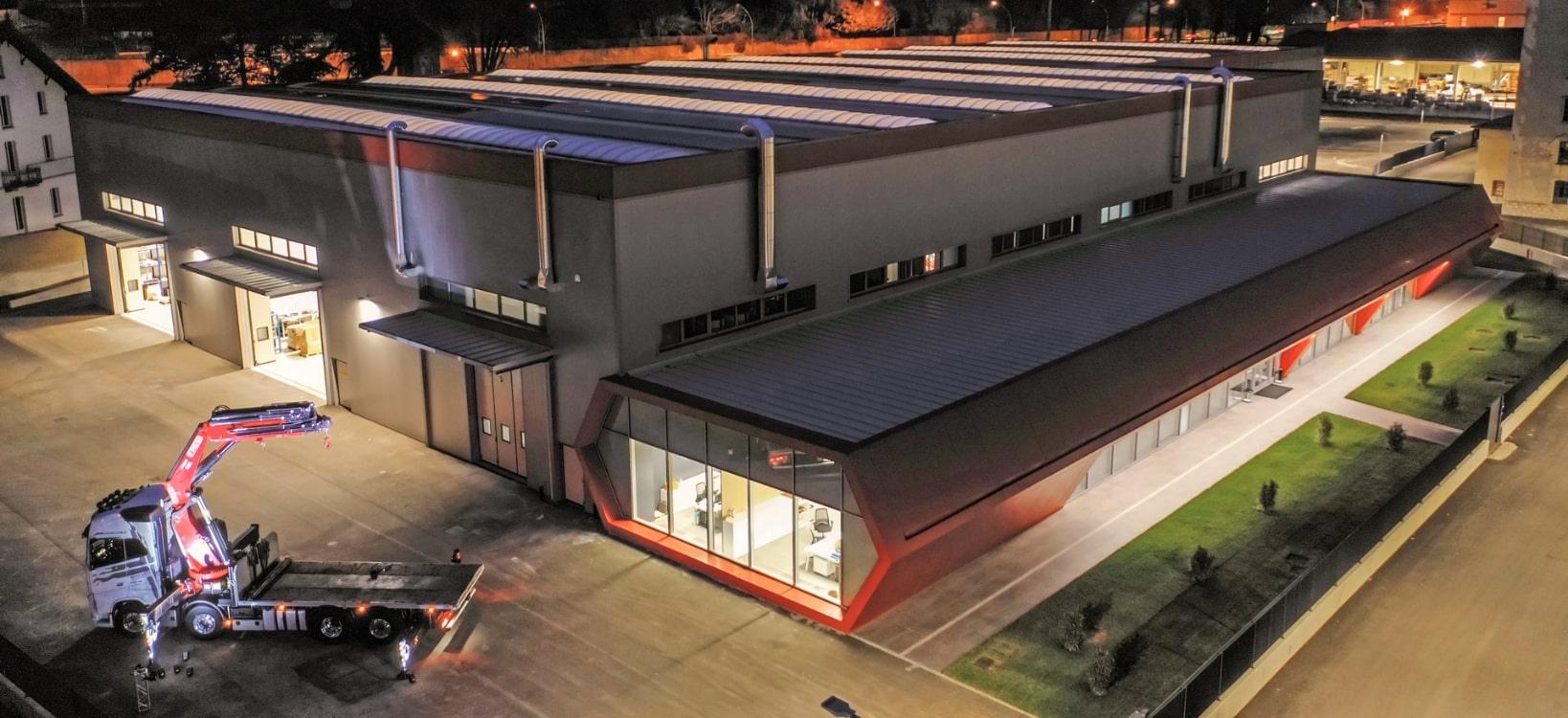
Innovation center
News
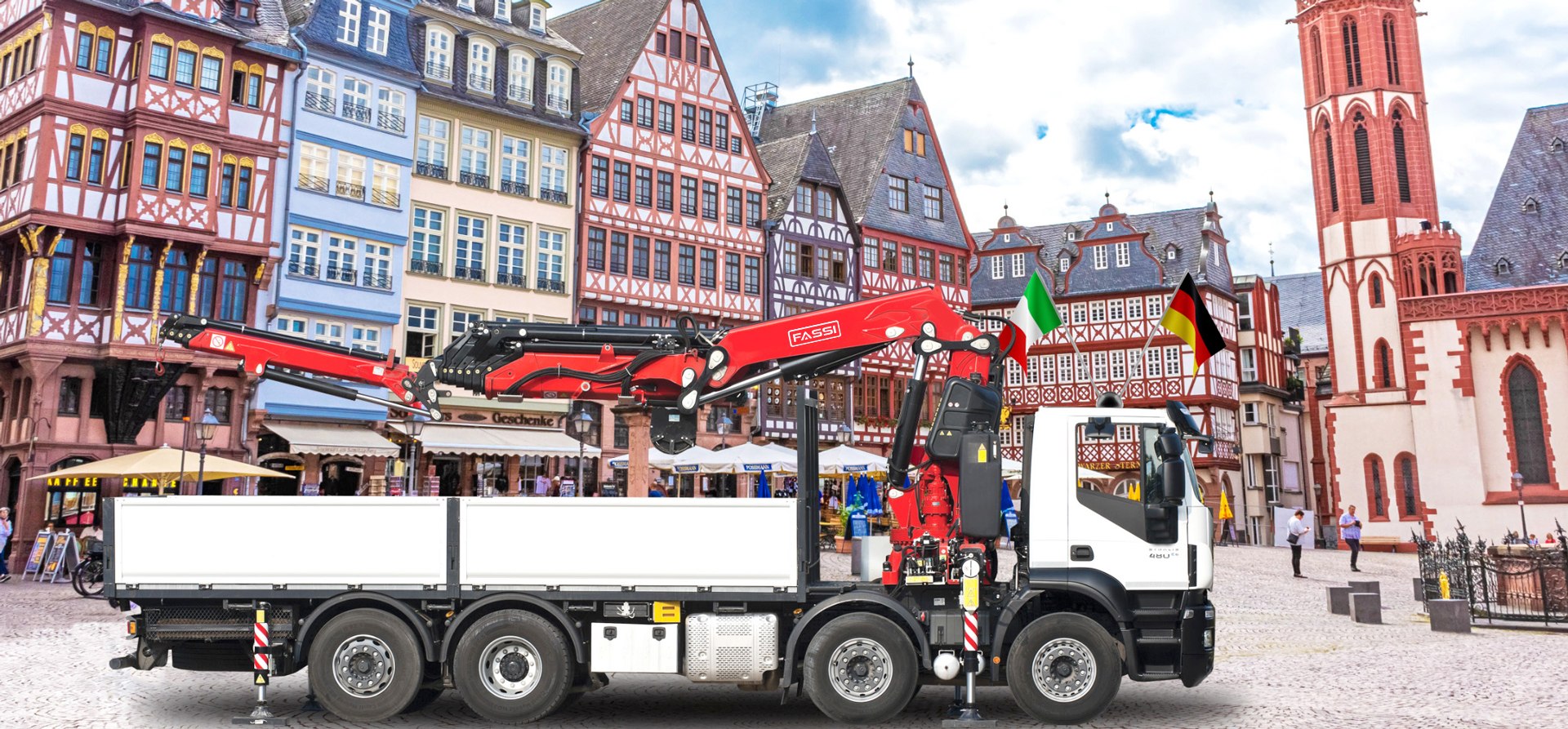

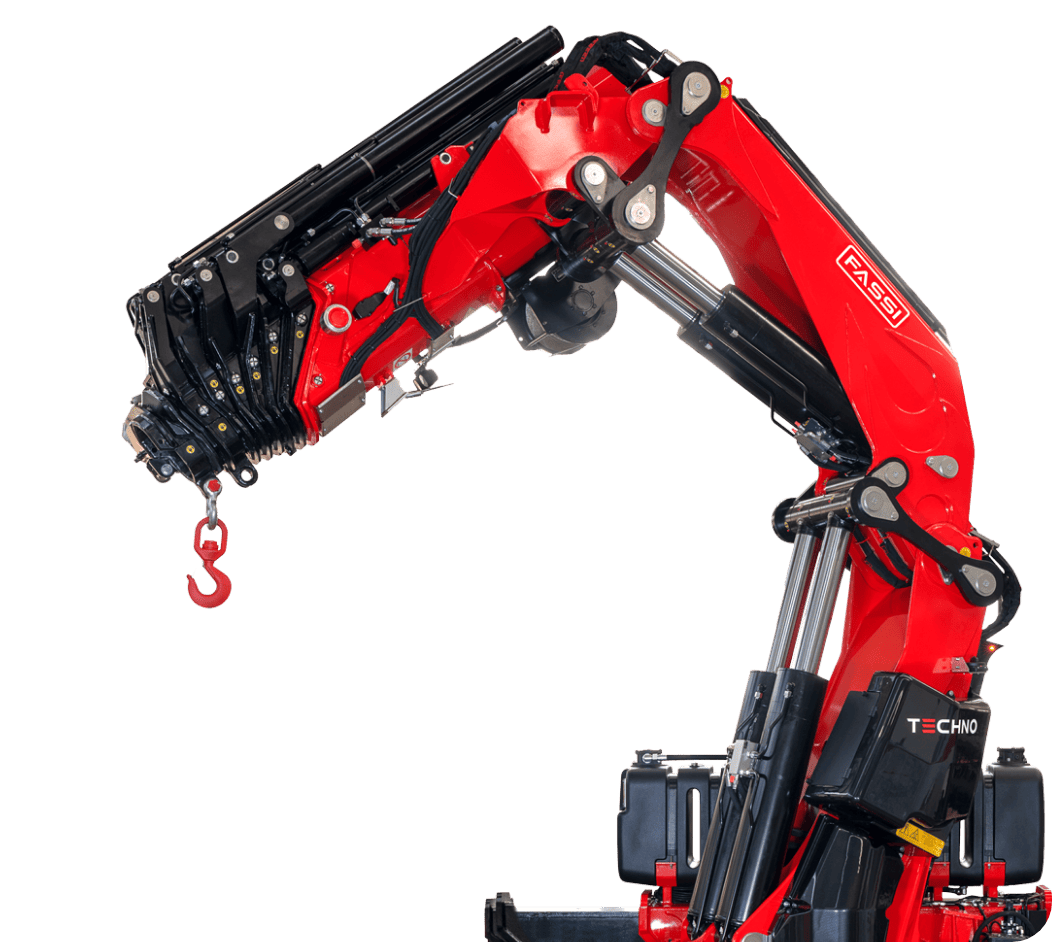
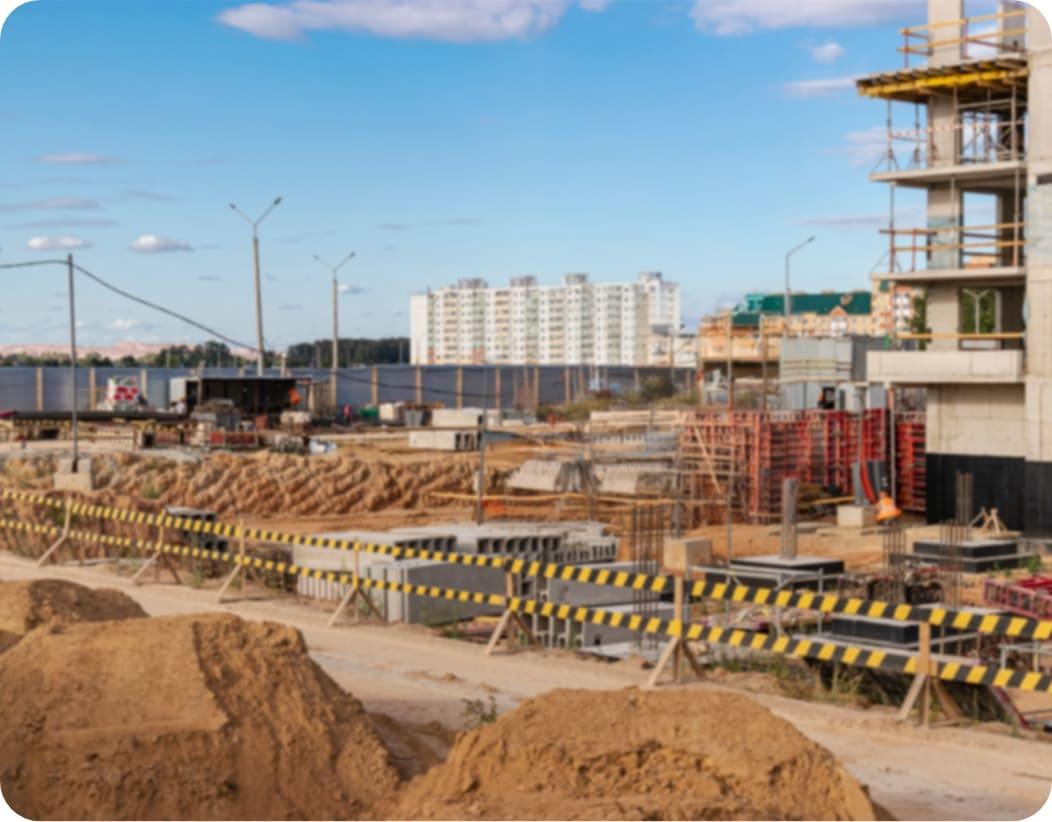
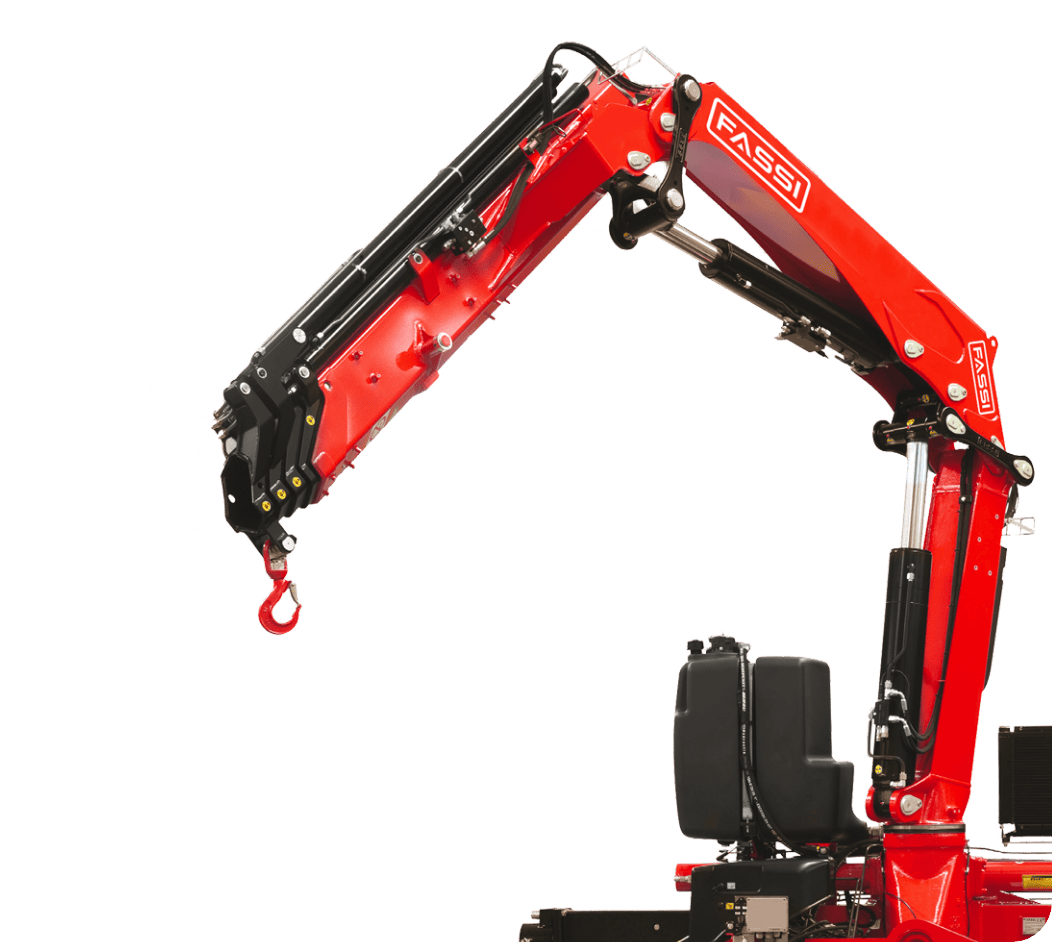
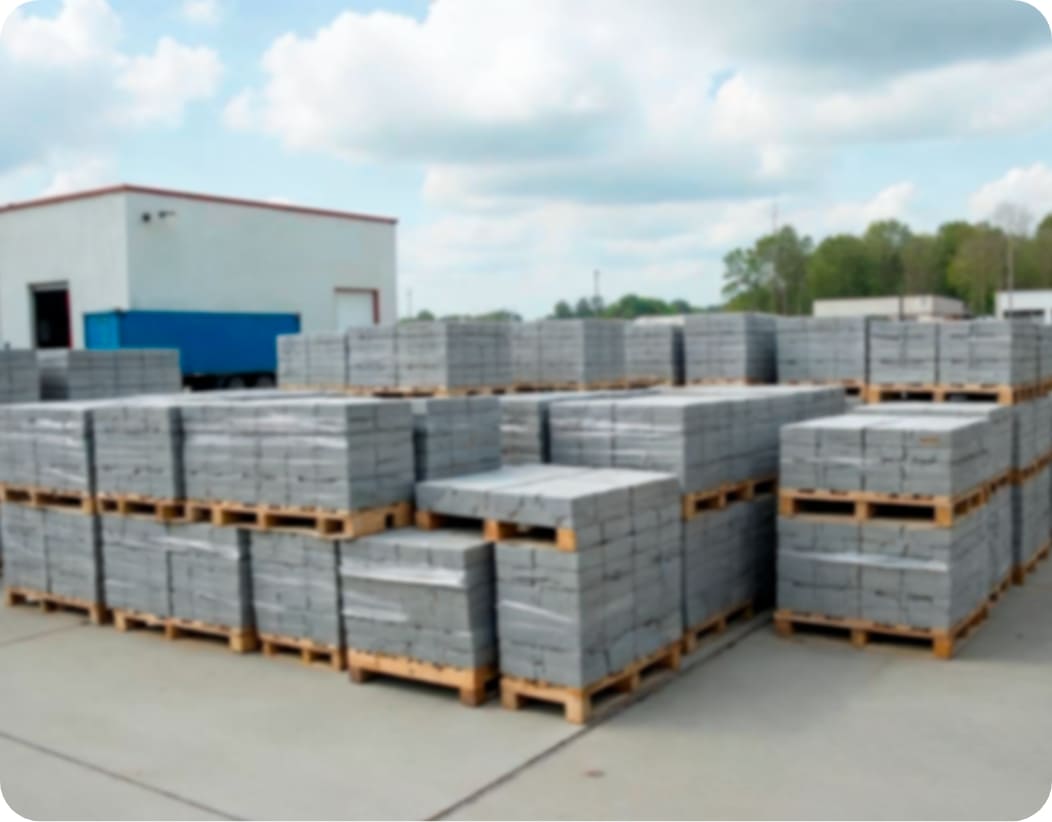
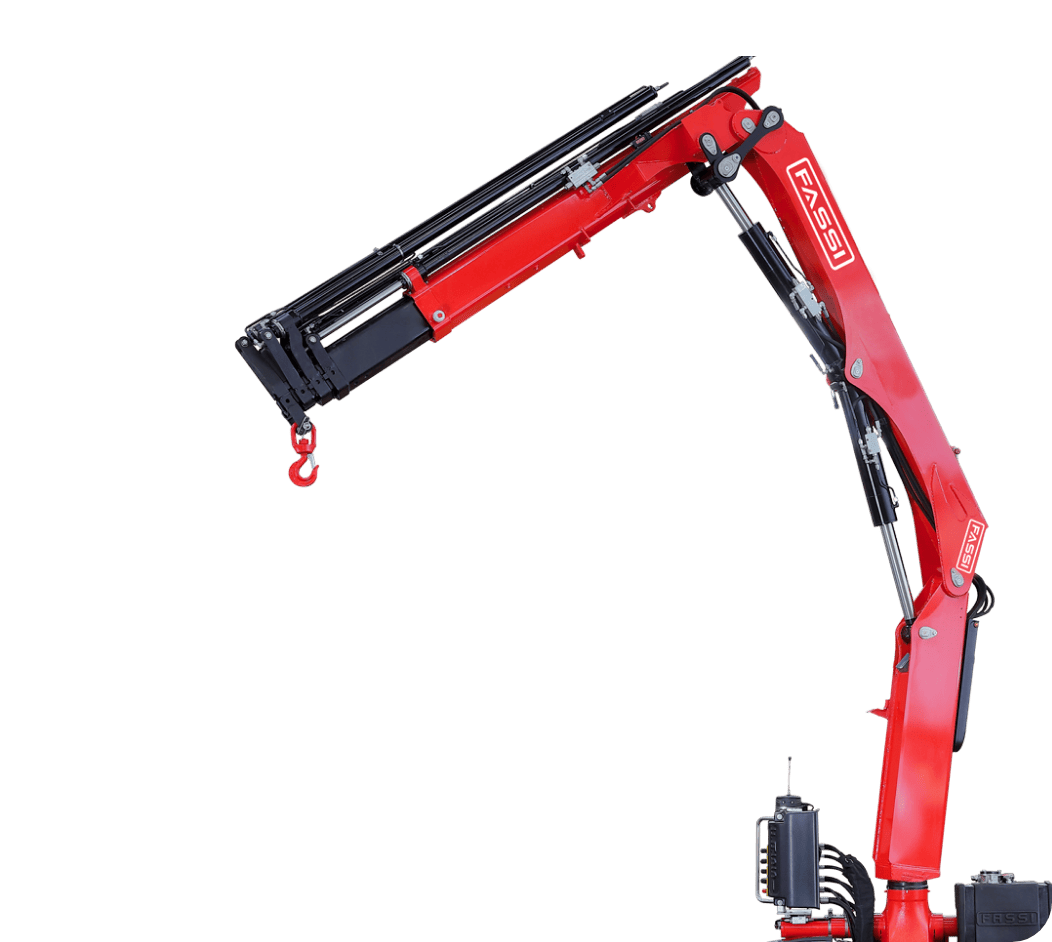
![lancio-applicazioni-scaled[1] lancio-applicazioni-scaled[1]](https://www.fassi.com/wp-content/uploads/page/2/lancio-applicazioni-scaled1.jpg)
